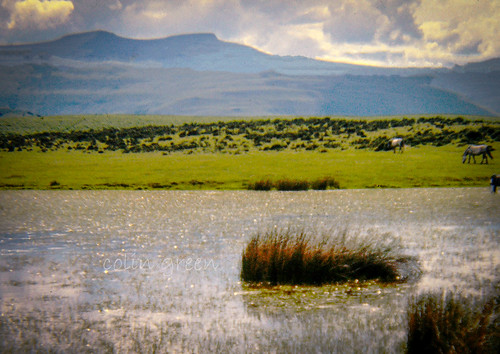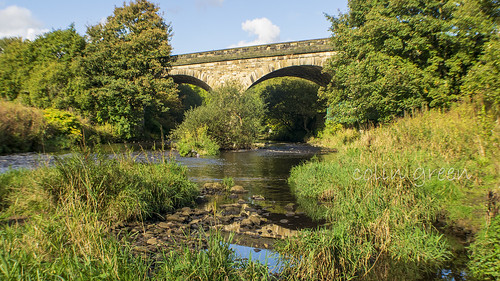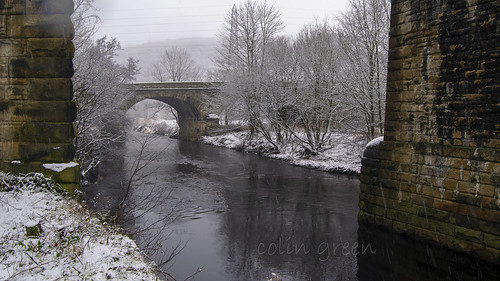Nestled amidst the picturesque landscape, visible from the tranquil waters of the Rochdale Canal, stands the elegant spire of St. Peter's Church in Walsden. A silent sentinel, it marks a spot steeped in history, resilience, and community spirit. I first encountered this striking landmark on a canal-side stroll back on August 27th, 2017, its distinctive outline drawing me in for a closer look at the locked-up grounds. What I uncovered about its past is a testament to both grand Victorian ambition and the enduring power of local devotion.
The "Million Pound Church" Legacy: A National Endeavour
St. Peter's Church, which first opened its doors on August 7th, 1848, was no ordinary parish church. It was part of a remarkable national initiative – the "Million Pound Churches." This ambitious project was born from the 1820 Church Building Act, a parliamentary response to the rapid industrialisation and urban growth that had left many burgeoning towns, like Walsden, with inadequate places of worship.
Imagine the foresight: an act of parliament, financed by a blend of government and public funds, dedicated to addressing the spiritual needs of a changing nation. These churches, though often built to very tight budgets, were designed to be beacons of faith in newly developing communities. St. Peter's stands as a tangible link to this fascinating chapter in British social and architectural history.
A Foundation of Generosity and a Spire of Distinction
The very genesis of St. Peter's Church speaks of local philanthropy. The foundation stone was proudly laid in July 1846 by John Crossley, a man whose generosity extended to donating the very land upon which the church would rise. It's a reminder that even grand national schemes often relied on the vital contributions of individuals.
Sixteen years after its initial opening, in 1864, a significant architectural addition graced the church: its magnificent spire. This elegant structure, now a Grade II listed building, is not just a beautiful piece of design; it holds a profound significance. As fate would have it, it is virtually all that remains of the original edifice after a devastating event.
The Fiery Trial of 1948: A Community Rises
The year 1948, exactly a century after its grand opening, brought an unimaginable tragedy to St. Peter's. In May of that year, a fierce fire ravaged much of the building, destroying countless irreplaceable elements, including its beautiful windows. In a poignant detail, the church clock remarkably continued to function throughout the blaze, even striking midnight as the inferno raged. It's a vivid image, a symbol of time marching on even in the face of immense destruction.
Adding to the heartache, the church lacked adequate insurance – a common vulnerability for many public buildings of that era. This meant that the task of rebuilding fell squarely on the shoulders of the local community and the dedicated parishioners. And rise they did! Through incredible collective effort, fundraising drives, and an unwavering commitment, the people of Walsden pieced their beloved church back together. It's a powerful narrative of resilience, a testament to how adversity can forge an even stronger sense of community. On March 10th, 1956, after years of painstaking work and tireless fundraising, St. Peter's Church was proudly re-consecrated, reborn from its ashes.
A Lingering Legacy
Today, the spire of St. Peter's Church continues to grace the Walsden skyline, a beacon of history, a monument to a national initiative, and a powerful symbol of local determination. My own encounter with it from the Rochdale Canal was just a brief snapshot, but the story behind its walls, and indeed its very survival, is one that speaks volumes about faith, community, and the enduring spirit of a place. It reminds us that even seemingly quiet architectural landmarks often hold a rich tapestry of human stories, waiting to be discovered.
Clicking any of the pictures below should open a link in another window to my Colin Green Photography store on Zazzle.
Please take a moment to share this post, follow me on social media, and explore my work on Photo4Me and Clickasnap using the links below. Your support means a lot!
All the pictures remain the copyright of Colin Green.


























































